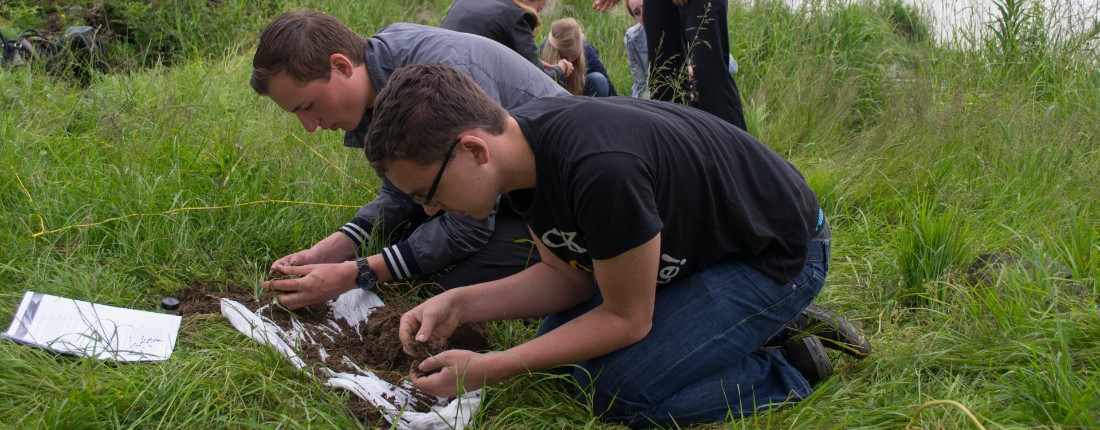Plan an Investigation
Plan & Conduct an Investigation

Once you develop your hypothesis, you need to create a plan to test your idea. This plan should be thorough but achievable within your allotted timeframe. To help you create a robust research investigation, follow our guide below:
- Create Steps: Creating clear steps for your research plan will help you track your progress towards completing your investigation. If you are working in a group, these steps should also include who will be responsible for each task.
- Determine Relevant Data: Figuring out which data is most important to your investigation will help you focus on the measurements that have the most impact on your hypothesis. To get an example of measurable types of data, you can check out our GLOBE measurement protocols. If you need to take observations that aren't covered by GLOBE protocols, you should write out the procedures you will follow and specify the instruments you will use to collect that data.
- Identify Existing Data: Once you've chosen what types of data to use, determine where any existing measurements can be obtained and how you will access them.
- Establish Resources: If you're collecting data as part of your project, identify any available scientific resources you can use to measure your chosen phenomenon. These resources can be computer programs, measurement equipment, or other supplies that will help you take accurate readings.
- Ask for Help: Once you've completed the steps above, think about any areas that may require additional support from other people. Teachers, experienced scientists, and even adults and students can be a great resource when you're working through your project. Additionally, it often helps to have a mentor or coach when learning anything new.
- Plan your time: Think about how long each step in your plan may take and any other relevant details. For example, you'll want to think about when and where you'll take your measurements and how you'll get other data that you need. When you're organizing your time, keep in mind that some steps may take longer than you originally planned.
Tip: Remember that the precision and accuracy of the data you use may affect the questions that can be answered. For example, if you're looking for a change of half a degree in temperature, but your thermometer is only accurate to ±2o C, you will have to take the average of many measurements to reach a scientifically sound result.





